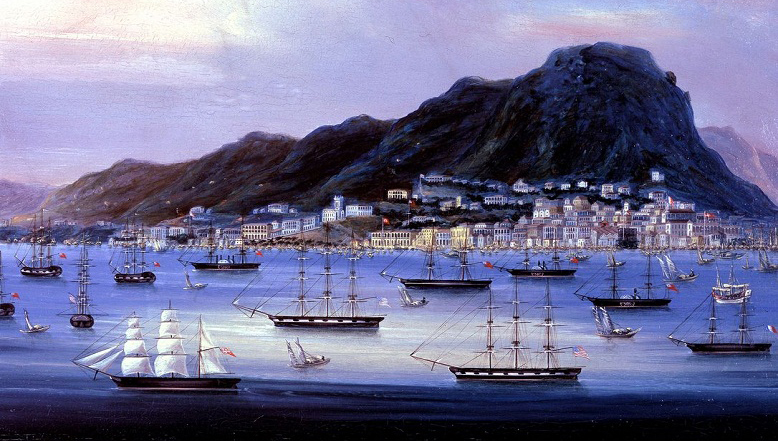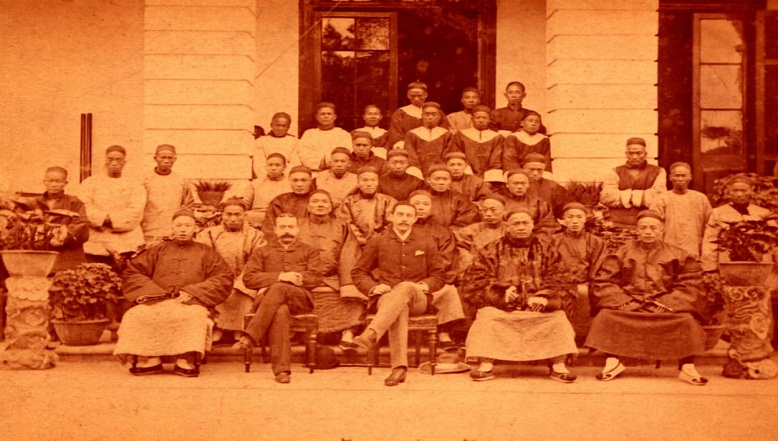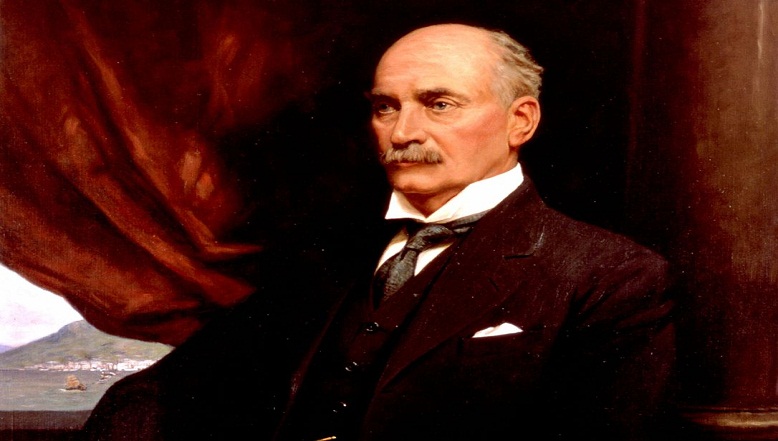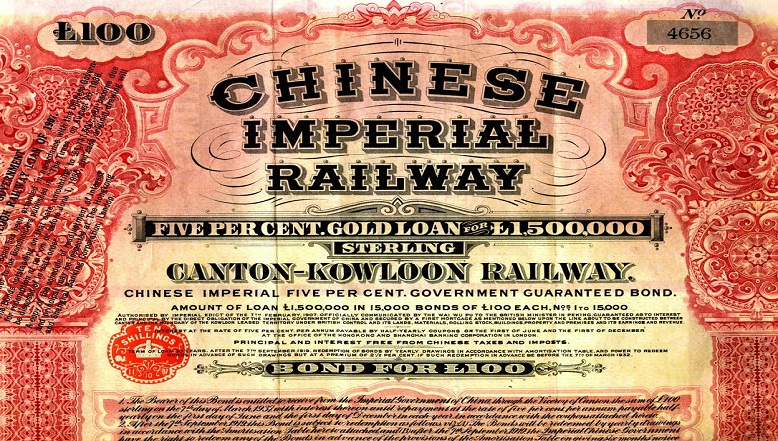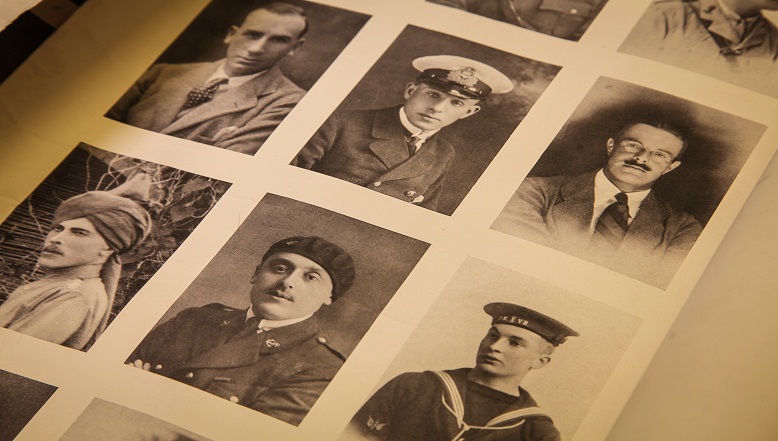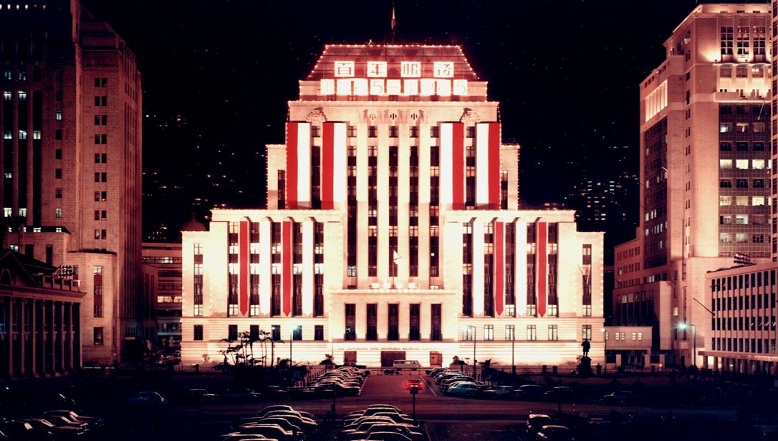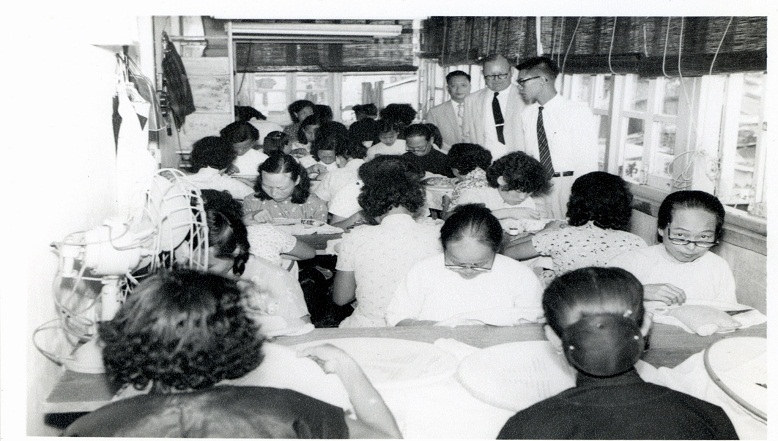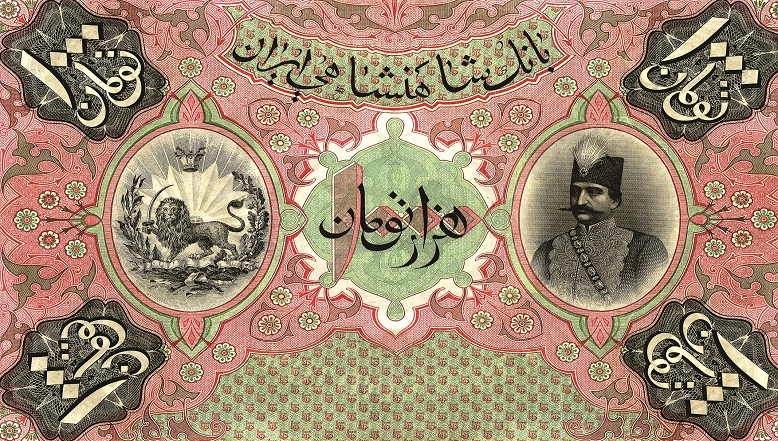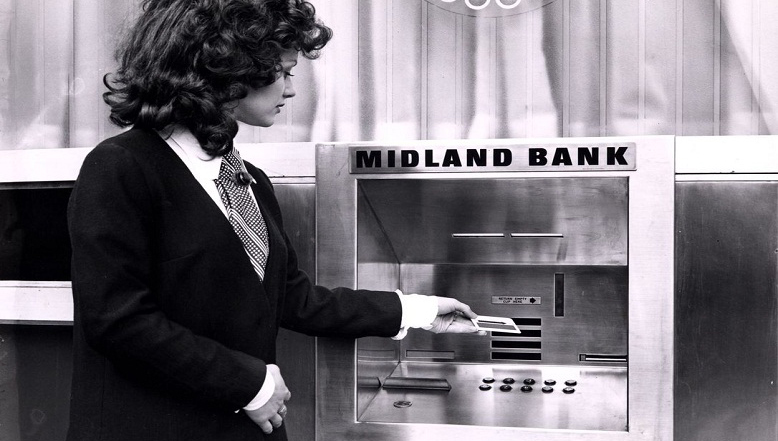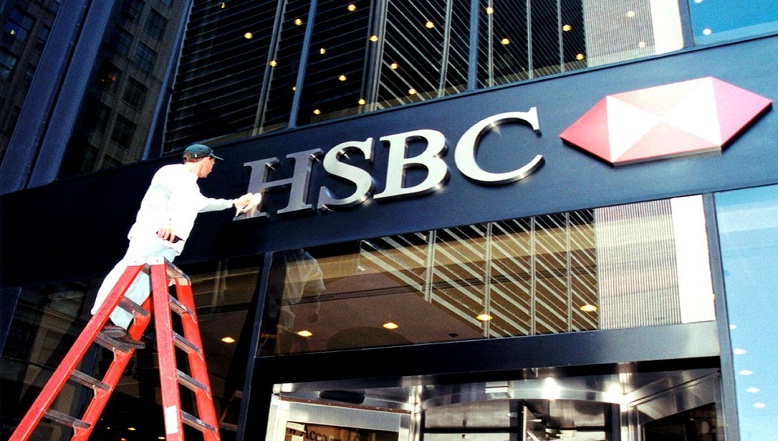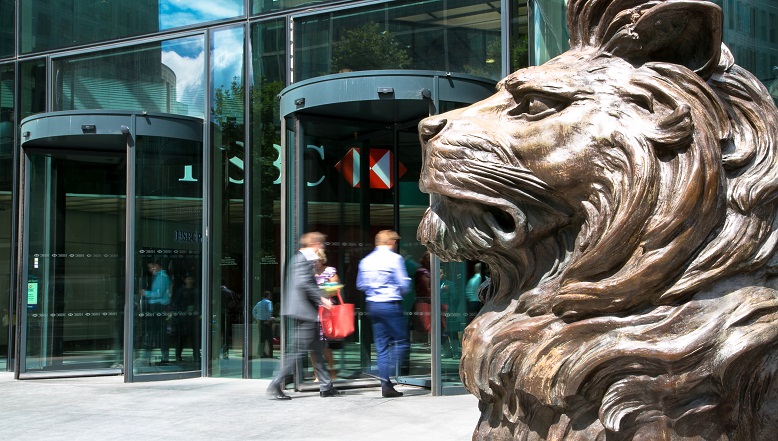The Hongkong and Shanghai Banking Corporation Limited opened in Hong Kong on 3 March 1865 and in Shanghai one month later. It was the first locally owned bank to operate according to Scottish banking principles.
HSBC in the Maldives
Our services
HSBC Maldives was set up in 2002 and operates as a fully-fledged corporate branch to cater to a growing base of clients across Mid-Market Enterprises (MME), Large Local Corporates (Large Corporate), International Subsidiaries (ISB) and financial institutions, in sectors such as tourism, telco infrastructure, utilities and consumer goods.
As an international bank, our support for the Maldives community has been through key financial and corporate sustainability projects.
Our headquarters
9F, Zoneyria Building
H. Zoneyria
Boduthakurufaanu Magu,
Maldives
Our CEO
Mark Surgenor
CEO for Sri Lanka & the Maldives
Our history in the Maldives
HSBC first opened a branch in the Maldives on 15 May 2002 in Malé. The office was located on the first floor of the MTCC Tower, 24 Boduthakurufaanu Magu, Male 20-25. It offered corporate banking, trade services, remittances and payment services, desktop electronic banking facilities and personal banking products.
